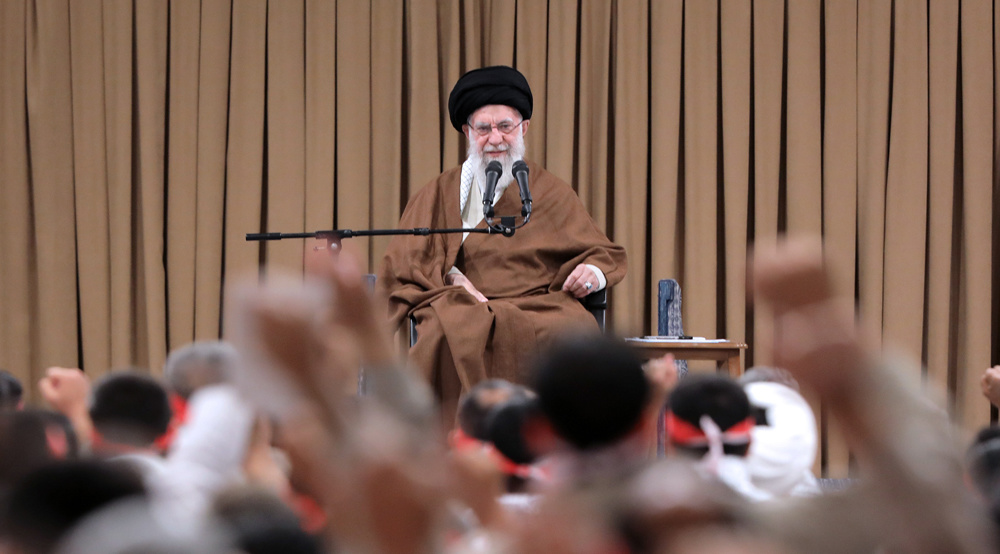Érdekes statok.
A 4 perc alatti vezető egészségügyishez jutás, meg a 300 harctéri vérátömlesztés elég impozáns
-The Technology and Maintenance Corps reports that tanks, armored personnel carriers, and other armored vehicles across the military are at 88 percent competency after nearly 14 months of fighting.
-The military says that 90% of tanks and APCs damaged by anti-tank missile fire or large explosive devices amid the fighting have been repaired and returned to service.
-On average, armored vehicles that sustained heavy damage take some 20 days for repairs before they are returned to service. Some very heavily damaged armored vehicles undergo a long recovery process.
-The Medical Corps reports that some 5,300 wounded soldiers have been treated amid the ground offensive in the Gaza Strip and another 700 in Lebanon. For comparison, during the entire 2006 Second Lebanon War, 833 soldiers were treated, and in the 2014 Gaza War, 709 soldiers were treated.
-The case fatality rate (CFR) — the proportion of wounded who end up dying — has also significantly decreased compared to past wars, with the Medical Corps reporting that it stands at a CFR of 6.9% in Gaza and 7.1% in Lebanon. For comparison, the Second Lebanon War saw a CFR of 14.8% and the 2014 Gaza War saw 9.2%.
-The Medical Corps attributes this lower rate to better and faster treatment for wounded soldiers, including the use of whole blood transfusions on the battlefield for the first time — some 300 soldiers have been given such transfusions so far — and that senior medical officers are stationed with every company, allowing the procedure and other life-saving treatment immediately without needing to wait to reach hospitals.
-On average, according to the Medical Corps, senior medics are able to reach wounded soldiers within under four minutes during the current fighting, compared to 10-25 minutes on average in the Second Lebanon War.

 t.me
t.me








